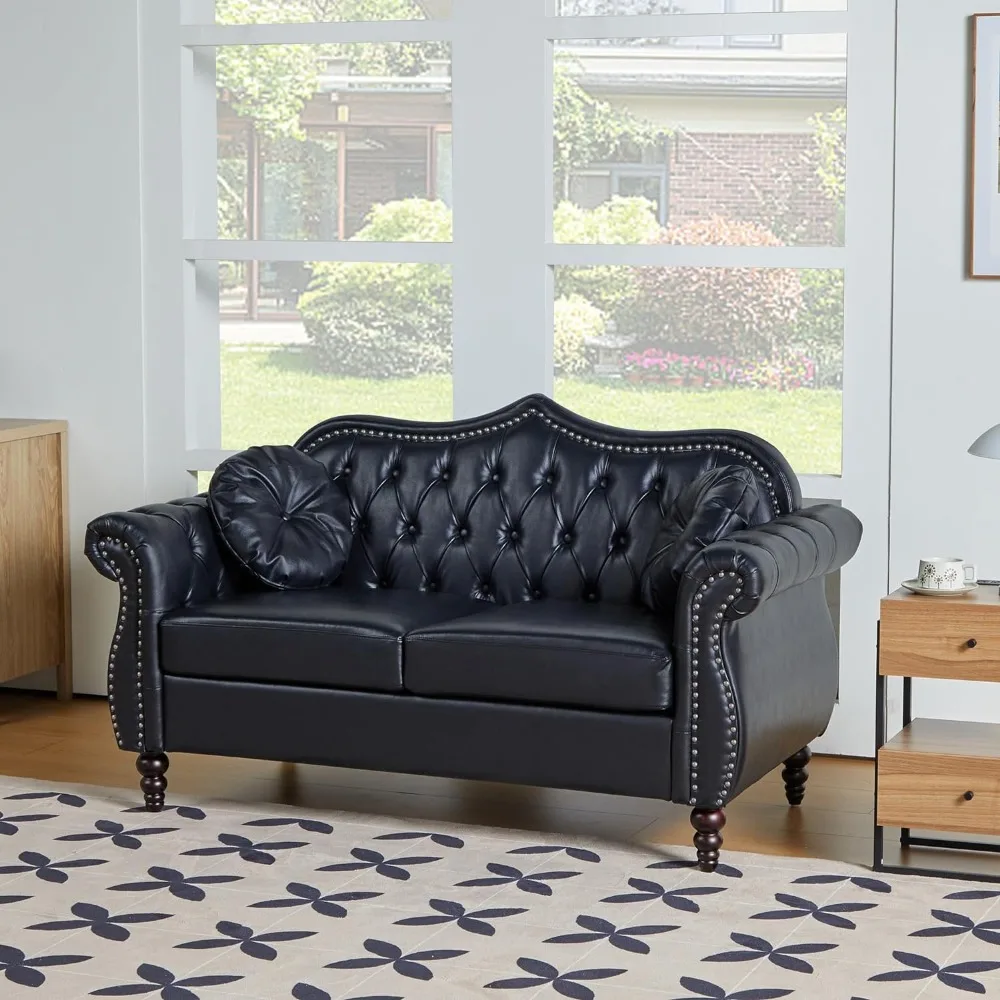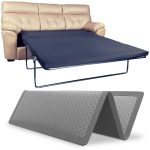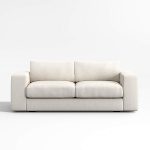Selecting the ideal sofa for your home can be both exciting and overwhelming. With so many styles, materials, and sizes available, making the right choice is crucial for both comfort and aesthetics. This comprehensive guide will help you navigate the process of choosing the perfect sofa for your living space.
Understanding Your Space and Needs
Assessing Room Size and Layout
Before diving into the world of sofas, it’s essential to evaluate the size and layout of your room. Measure the dimensions of the space where the sofa will be placed, including width, length, and height. Consider the room’s layout, including doors, windows, and other furniture. This will help you choose a sofa that fits comfortably without overwhelming the space. For instance, a large sectional might work well in a spacious living room, while a compact loveseat could be ideal for a smaller area.
Determining Usage and Function
Think about how you plan to use the sofa. Will it be a primary seating area for family gatherings, a cozy spot for reading, or a stylish piece for entertaining guests? Your sofa’s functionality will influence its design. For high-traffic areas, durability and easy maintenance might be a priority, while for a formal living room, aesthetics and luxury might take precedence. Consider whether you need a sofa that can double as a sleeper or one with additional storage.
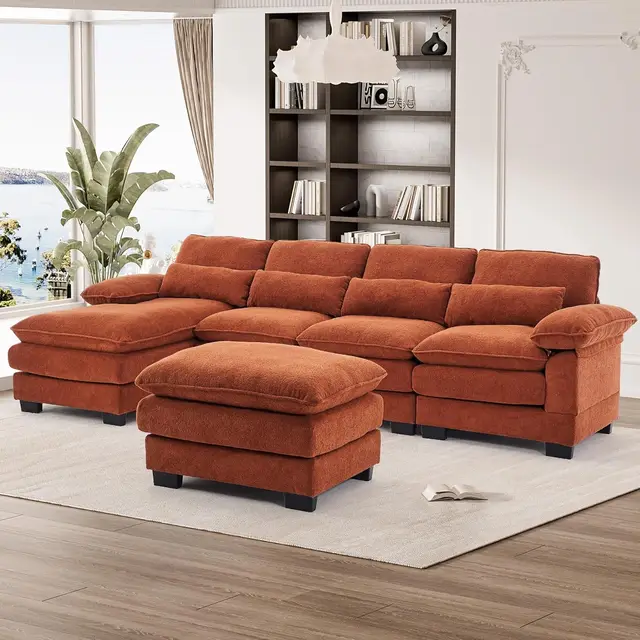
Selecting the Right Style
Traditional vs. Modern
The style of your sofa should complement the overall decor of your home. Traditional sofas often feature classic designs with intricate details like rolled arms and tufted backs. They are well-suited for more formal or traditional interiors. In contrast, modern sofas typically boast clean lines, minimalistic designs, and contemporary fabrics. They are perfect for more modern or eclectic spaces. Choose a style that not only matches your decor but also reflects your personal taste.
Exploring Different Sofa Types
There are various types of sofas, each offering unique features and benefits. Common types include:
- Sectionals: Great for larger spaces, sectionals offer ample seating and can often be rearranged to suit different layouts.
- Chesterfields: Known for their tufted backs and arms, Chesterfields add a touch of classic elegance to any room.
- Sleeper Sofas: Ideal for multi-functional spaces, these sofas convert into a bed for guests.
- Recliners: Perfect for relaxation, recliners come with adjustable features for ultimate comfort.
Understanding the different types of sofas helps you choose one that fits your needs and preferences.
Choosing the Right Material
Fabric Options
The material of your sofa affects both its look and durability. Common fabric options include:
- Leather: Durable and easy to clean, leather sofas add a touch of luxury to any room. They are also resistant to stains but can be prone to scratches.
- Fabric: Available in a wide range of colors and patterns, fabric sofas offer versatility and comfort. Fabrics like cotton, linen, and polyester are popular choices, each with varying levels of durability and ease of maintenance.
- Microfiber: Known for its stain resistance and softness, microfiber is a practical choice for families with children or pets.
Considering Durability and Maintenance
Think about how much wear and tear your sofa will endure. Leather sofas are often more durable and easier to clean, while fabric sofas may require regular maintenance and cleaning. Consider whether the fabric is treated to resist stains or if it can be easily removed and washed. Additionally, examine the construction of the sofa frame and cushioning, as these elements contribute to its longevity.
Evaluating Comfort and Support
Testing Cushion Firmness
Comfort is a crucial factor when choosing a sofa. Test different cushions to find the right firmness level for you. Sofas typically come with a variety of cushion types, including foam, down, or a combination of both. Foam cushions offer support and retain their shape well, while down cushions provide a softer, more luxurious feel. Consider your preference for firmness and how the cushions respond to prolonged sitting.
Assessing Seat Depth and Height
The depth and height of the sofa affect overall comfort. Ensure that the seat depth allows you to sit comfortably with your feet flat on the floor. For taller individuals, a deeper seat may be preferable, while shorter people might benefit from a shallower seat. Additionally, consider the height of the backrest and armrests to ensure they provide adequate support for your back and arms.
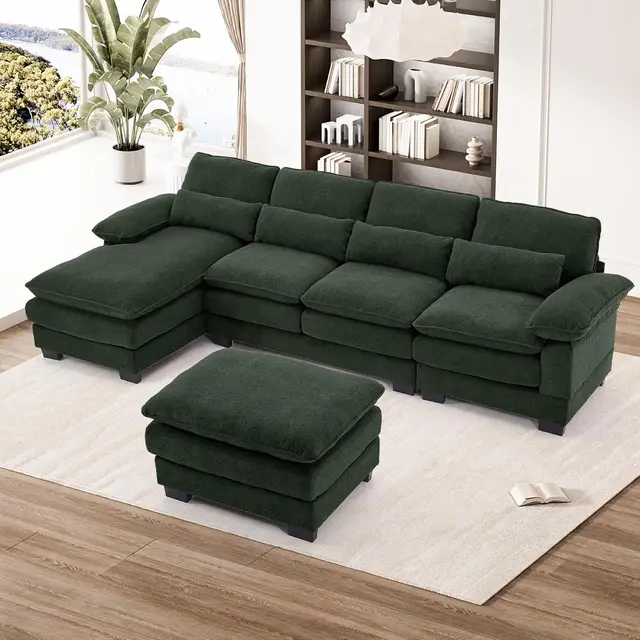
Choosing the Right Color and Pattern
Matching with Existing Decor
The color and pattern of your sofa should harmonize with your existing decor. If you have a neutral color scheme, a bold-colored or patterned sofa can serve as a focal point in the room. Conversely, if your decor is already vibrant, a neutral sofa might complement the space better. Consider how the sofa color will interact with other elements like walls, rugs, and curtains.
Considering Longevity and Trends
While trendy colors and patterns can add a fresh look to your space, it’s essential to choose a sofa that remains stylish over time. Opt for classic colors or patterns if you prefer longevity, or choose a more contemporary design if you enjoy changing your decor frequently. Remember, a sofa is a significant investment, and selecting one with timeless appeal can ensure it remains a cherished piece in your home for years to come.
Budgeting for Your Sofa
Setting a Realistic Budget
Establishing a budget helps narrow down your options and prevent overspending. Consider how much you are willing to invest in a sofa, keeping in mind that higher-quality materials and craftsmanship often come with a higher price tag. Remember to account for any additional costs such as delivery and warranty services.
Balancing Cost and Quality
While it may be tempting to opt for a less expensive sofa, balancing cost with quality is crucial. Investing in a well-made sofa can save you money in the long run by avoiding frequent replacements. Look for sofas with sturdy frames, high-quality cushions, and durable fabrics. Read reviews and compare different options to ensure you’re getting the best value for your money.
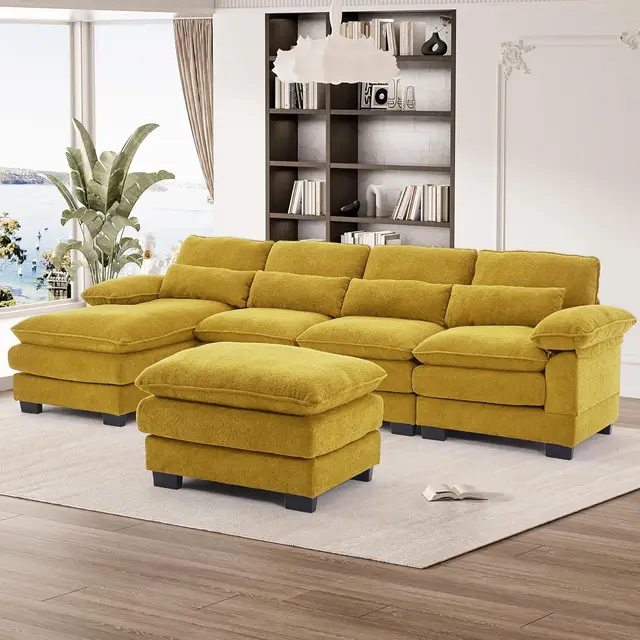
Finalizing Your Choice
Shopping Tips and Considerations
When shopping for a sofa, take the time to visit multiple stores and compare different options. Test the sofas in person to gauge comfort and quality. Pay attention to the construction details, such as the frame material and joinery. Consider ordering swatches or samples of fabrics to see how they look in your home’s lighting before making a final decision.
Maintaining Your Sofa
Regular Cleaning and Care
To ensure your sofa remains in good condition, establish a routine for cleaning and maintenance. For fabric sofas, vacuum regularly to remove dust and debris, and spot-clean spills promptly. Leather sofas should be dusted and conditioned periodically to maintain their luster and prevent cracking.
Addressing Wear and Tear
Over time, even the best-maintained sofas may show signs of wear. Address issues like loose cushions, sagging seats, or fabric snags as soon as they arise. Many retailers offer repair services or can recommend professionals who specialize in sofa restoration, extending the life of your furniture.
Ensuring a Good Fit
Once you’ve selected a sofa, ensure it fits well in your space. Double-check measurements and consider any potential obstacles during delivery, such as narrow doorways or staircases. Confirm delivery times and any additional services offered by the retailer, such as assembly or placement assistance.
Choosing the perfect sofa involves considering a range of factors from style and material to comfort and budget. By following this comprehensive guide, you’ll be well-equipped to find a sofa that enhances your living space and meets your needs for years to come.
